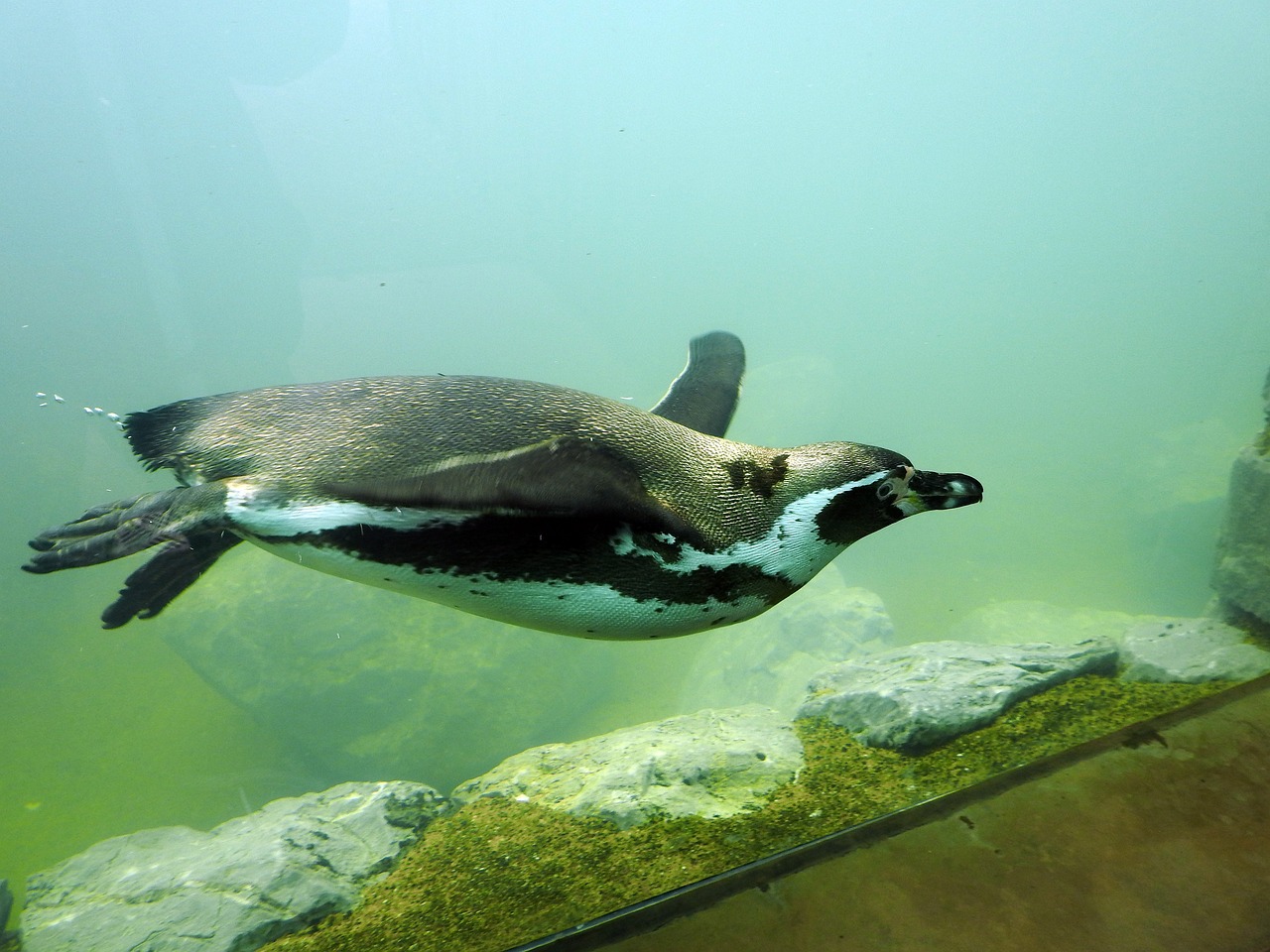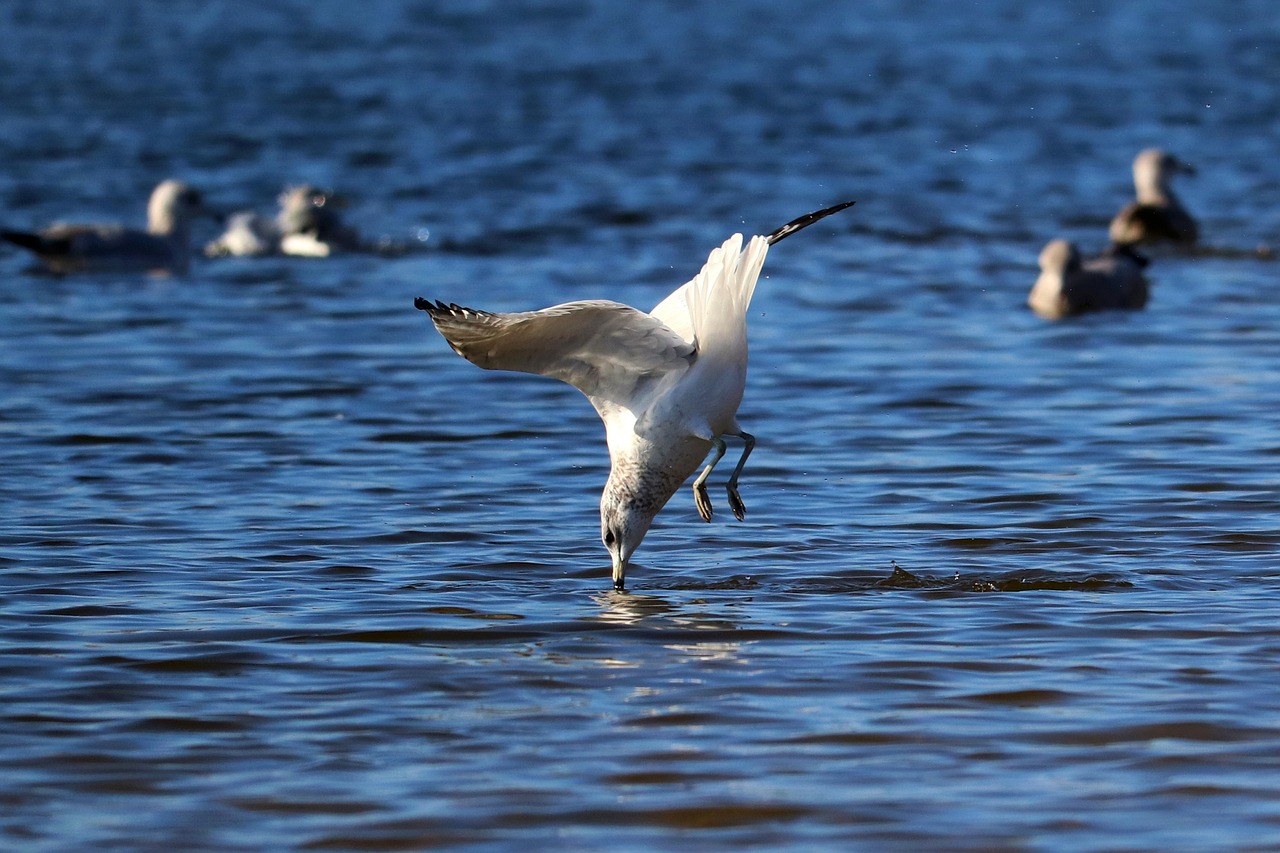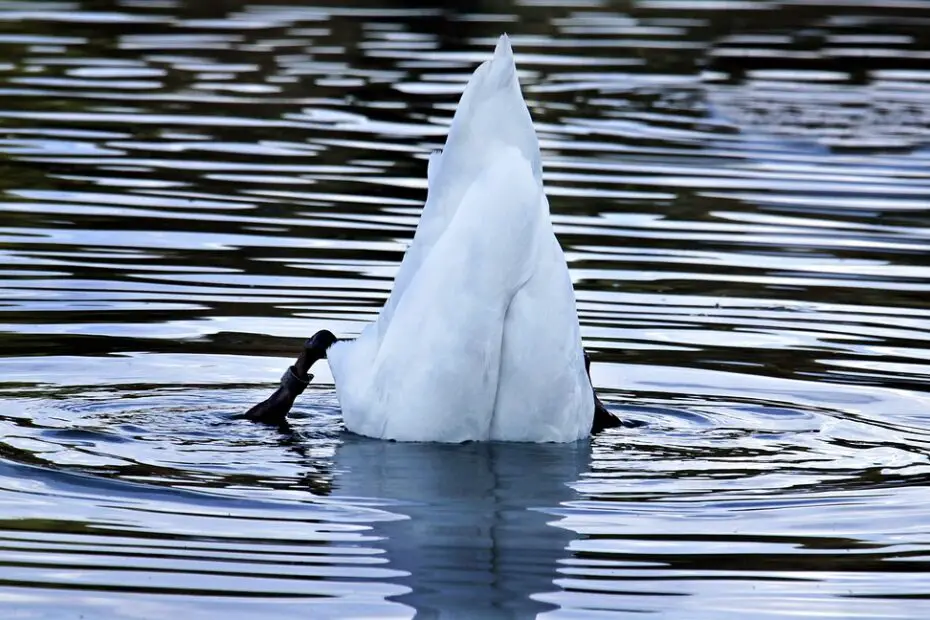Diving birds are a remarkable group of avian species that have adapted to life in aquatic environments. With their ability to plunge into the depths of water in search of food, they possess unique characteristics that set them apart from other birds. In this article, we delve into the fascinating world of diving birds, exploring their adaptations, different types, and their significance in the natural world.
You may also want to read about animals in lakes.
Characteristics of Diving Birds
Diving birds possess several remarkable adaptations that enable them to thrive in aquatic habitats. These adaptations include streamlined bodies, webbed feet, and specialized feathers that provide buoyancy and insulation. Their wings are adapted for underwater propulsion, allowing them to navigate the water with agility and precision.

Types of Diving Birds
The world of diving birds is diverse and includes various species from different families. Penguins, with their iconic appearance and ability to “fly” through water, are well-known members of this group. Cormorants, auks, and grebes are also prominent diving birds, each with their unique characteristics and adaptations suited for their specific habitats.
Habitat and Distribution
Diving birds can be found in a wide range of aquatic habitats around the world. They inhabit oceans, lakes, rivers, and even the frigid polar regions. From the Arctic to the Antarctic, from coastal regions to inland water bodies, diving birds have adapted to thrive in diverse environments across the globe.
Diving Techniques
Diving birds employ various techniques to navigate and forage underwater. Some species are capable of diving to significant depths, using their powerful wings and webbed feet for propulsion. Others rely on agile swimming and precise movements to catch prey. These birds have evolved unique mechanisms to control their buoyancy and regulate their oxygen consumption during dives.

Feeding Behavior
Diving birds are highly specialized hunters, primarily feeding on fish and other aquatic prey. Their diet may also include crustaceans, mollusks, and even small marine mammals. With their exceptional diving abilities, they can pursue prey underwater, using their sharp beaks to capture and consume their catch.
Breeding and Nesting
Breeding and nesting habits vary among different diving bird species. Some form large colonies on remote islands or coastal cliffs, while others build nests on floating vegetation or construct burrows in the ground. Courtship displays, elaborate vocalizations, and shared incubation responsibilities are common traits observed in many diving bird species.
Conservation Status
Many diving bird species face challenges and threats to their survival. Habitat destruction, pollution, overfishing, and climate change impact their populations. Conservation efforts are crucial to protect and restore their habitats, as well as to raise awareness about the importance of preserving these remarkable avian species.
FAQs
Q: How deep can diving birds dive? A: The diving depths of diving birds vary among species. Some birds, like the Emperor Penguin, can dive to depths of over 500 meters, while others may dive to more shallow depths of around 20 to 30 meters.
Q: Do all diving birds have waterproof feathers? A: Yes, diving birds possess specialized waterproof feathers that prevent them from becoming waterlogged. These feathers have an oily coating and interlocking barbs, which help to maintain their buoyancy and protect their body from excessive moisture.
Q: Can diving birds fly? A: Yes, diving birds are capable of flying. Although their wings are adapted for underwater propulsion, they can take flight and cover considerable distances when necessary.
Q: Are all penguins considered diving birds? A: Yes, all penguins are considered diving birds. Penguins are known for their exceptional diving abilities and spend a significant amount of their time foraging underwater.
Q: How do diving birds protect themselves from predators? A: Diving birds employ various defense mechanisms to protect themselves from predators. These include fast swimming speeds, underwater evasive maneuvers, and the safety of numbers when nesting in colonies.
